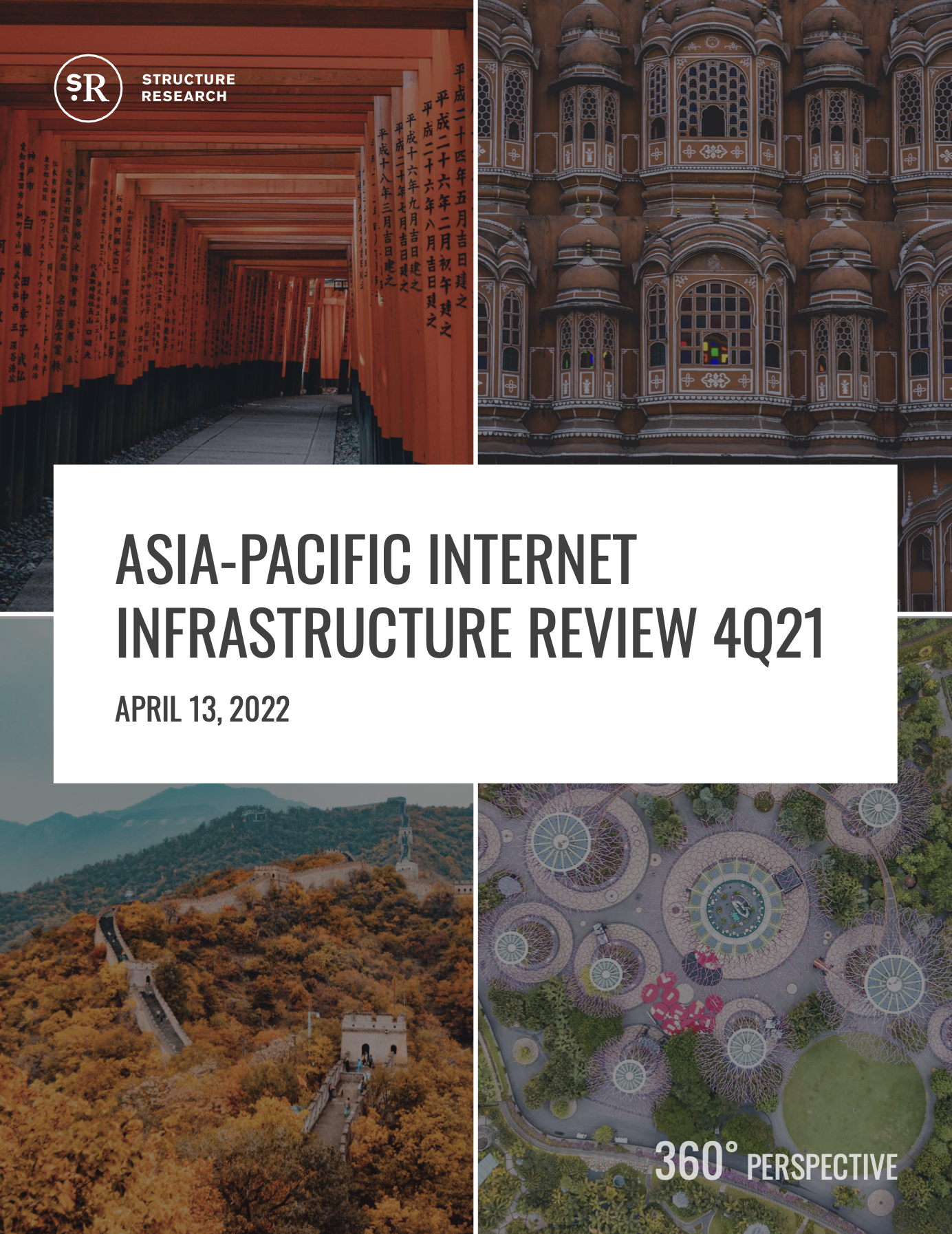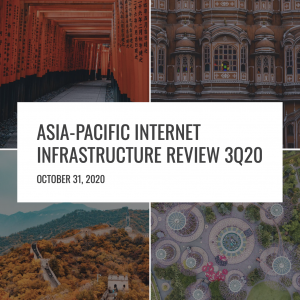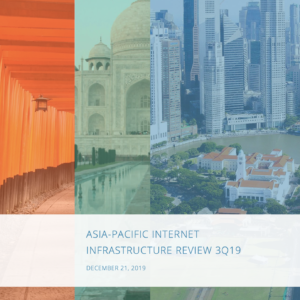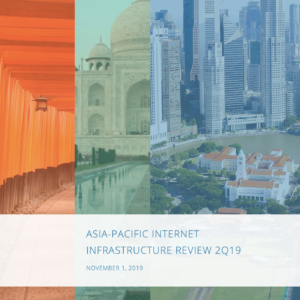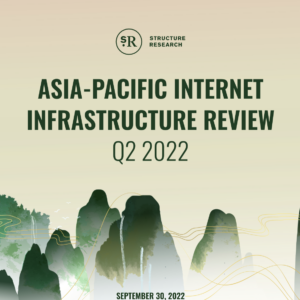Executive Summary
The APAC infrastructure services market ended the year continuing on its consistent upward trajectory. Hyperscale remains the driving force, but subscale cloud is quickly emerging as a factor. Subscale cloud growth rates are tracking in a positive direction in APAC and these providers are pushing into new markets, which is leading to more demand for data centre colocation in places like Tokyo, Singapore, Sydney and others.
The infrastructure services landscape in APAC has revolved around the primary JASH (Japan, Australia, Singapore, Hong Kong) markets, but a second tier has started to emerge. South Korea is one of these, but a number of the markets in Southeast Asia are at the centre of the current development wave. Chinese hyperscalers are setting up cloud regions in multiple SEA locations as they shift resources away from the US and Europe, while the likes of AWS, Google and Microsoft start to decentralize and build into new locations. Diversity in the region has always been a hallmark. Singapore is a leading market, but is increasingly constrained by limited natural resources. This has led the government to put in place a data centre build moratorium that it only recently lifted. There are now several new restrictions in place and the impact will be felt across the sector. Already, we are seeing increased activity around overflow scenarios, while hyperscalers look at both new locations and consider different deployment strategies.
Meanwhile, the sector continues to monitor and be affected by geopolitical trends. Chinese hyperscalers are staying closer to home and shifting resources to the wider APAC region. In places like Australia, geopolitics can have a negative impact, but in the larger Southeast Asia market, the presence of Chinese hyperscalers is creating incredible near-term opportunity and upside.
This report takes a closer look at the most noteworthy themes and developments that took place in the infrastructure services market in 4Q21. It is a regional supplement to Structure Research’s other quarterly update reports.


